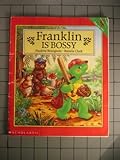The hot topic of the day….. self-control. There are about 50 posts I could write (and read to learn about) the topic of self-control. In fact, aren’t we all still learning to practice self-control?
No?
Just me….
well alright.
Our little one’s brains are doing so much. Their little brains are learning to communicate with their body parts, learning to control their emotions and harness their impulses, and lets face it….it’s hard! I may WANT to push someone who is frustrating me to the extreme, but I have learned to harness my emotions, and CHOOSE to behave appropriately and sometimes even helpful in circumstances when someone flat out deserves the worst. But our little ones have quite the learning curve when it comes to anger management in accordance with their body language. My little two year old threw a fit at the end of storytime today and was flailing and kicking all over the place. I realize that is his impulsive expression of disappointment, and I need to HELP him develop appropriate behaviors so they become a controlled response.
I found a GREAT article (and website) that addresses a FEW ways to reinforce acceptable behaviors at different ages and stages. There are many other ways to develop little children’s understanding of appropriate responses, but I liked the mentality that is communicated here.
I am posting two videos below….please don’t judge me….I am a hot mess and so are my kids, but at 8:30 in the morning what do you expect? They are simply an explanation and demonstration of a little technique that I came up with on the spot the other day to help Sean Patrick become aware of his body language. I used techniques like this in my Kindergarten classroom so this teachable moment should apply to ages 2-5. Hope it helps you!

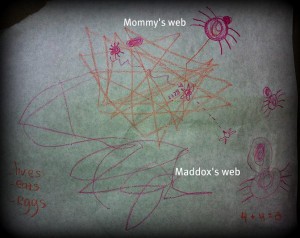
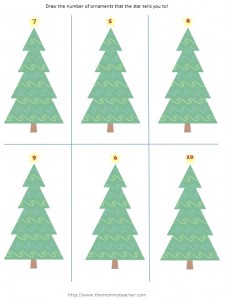
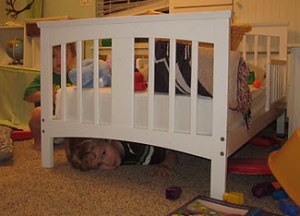
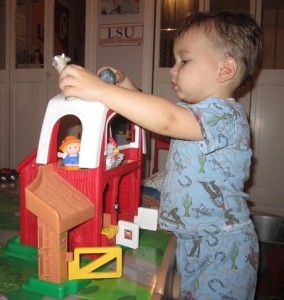
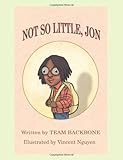
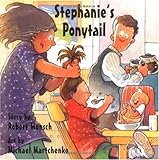 ,
, 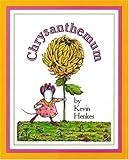 ,
, 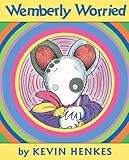
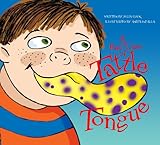 ,
,  ,
, 